In recent years, the fashion industry has been under scrutiny for its impact on the environment. With consumers becoming more conscious of their purchasing decisions, fashion brands need to find ways to reduce their environmental footprint and adopt sustainable practices. One way to achieve this is by using sustainable fabrics in their collections. In this article, we will explore how sustainable fabrics can help fashion brands stand out in a crowded market.
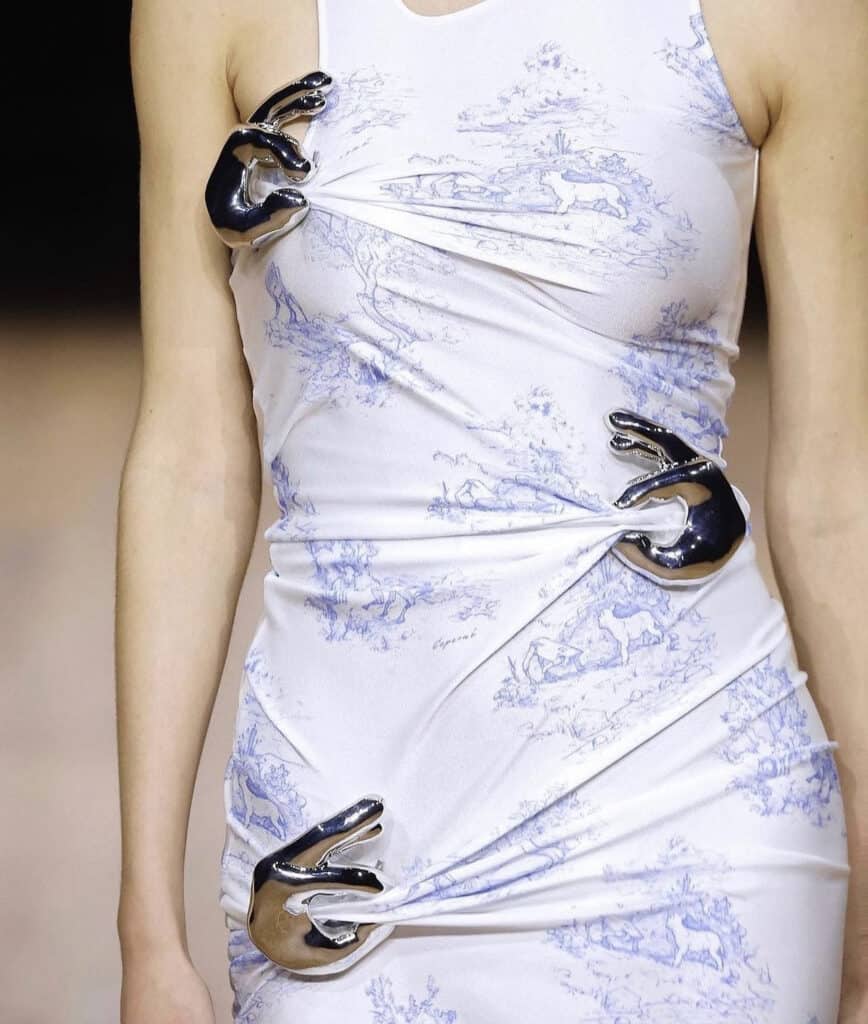
The Environmental Impact of the Fashion Industry
The fashion industry is one of the most polluting industries in the world. It produces large amounts of waste, consumes vast amounts of water, and contributes to air and water pollution. Additionally, the production of synthetic fabrics, such as polyester, emits greenhouse gases and contributes to the depletion of non-renewable resources.

What are Sustainable Fabrics?
Sustainable fabrics are fabrics that have a lower environmental impact than traditional fabrics. They are made from natural, organic, or recycled materials and are produced using eco-friendly processes. Sustainable fabrics are biodegradable, require less water and energy to produce, and emit fewer greenhouse gases than traditional fabrics.
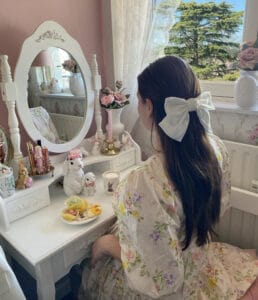
Advantages of Using Sustainable Fabrics
Using sustainable fabrics can provide several advantages for fashion brands. Firstly, it can help reduce the environmental impact of the fashion industry. Secondly, it can improve the brand’s reputation among consumers who are increasingly concerned about sustainability. Thirdly, it can lead to cost savings in the long run, as sustainable fabrics require less water and energy to produce, and are often more durable than traditional fabrics.
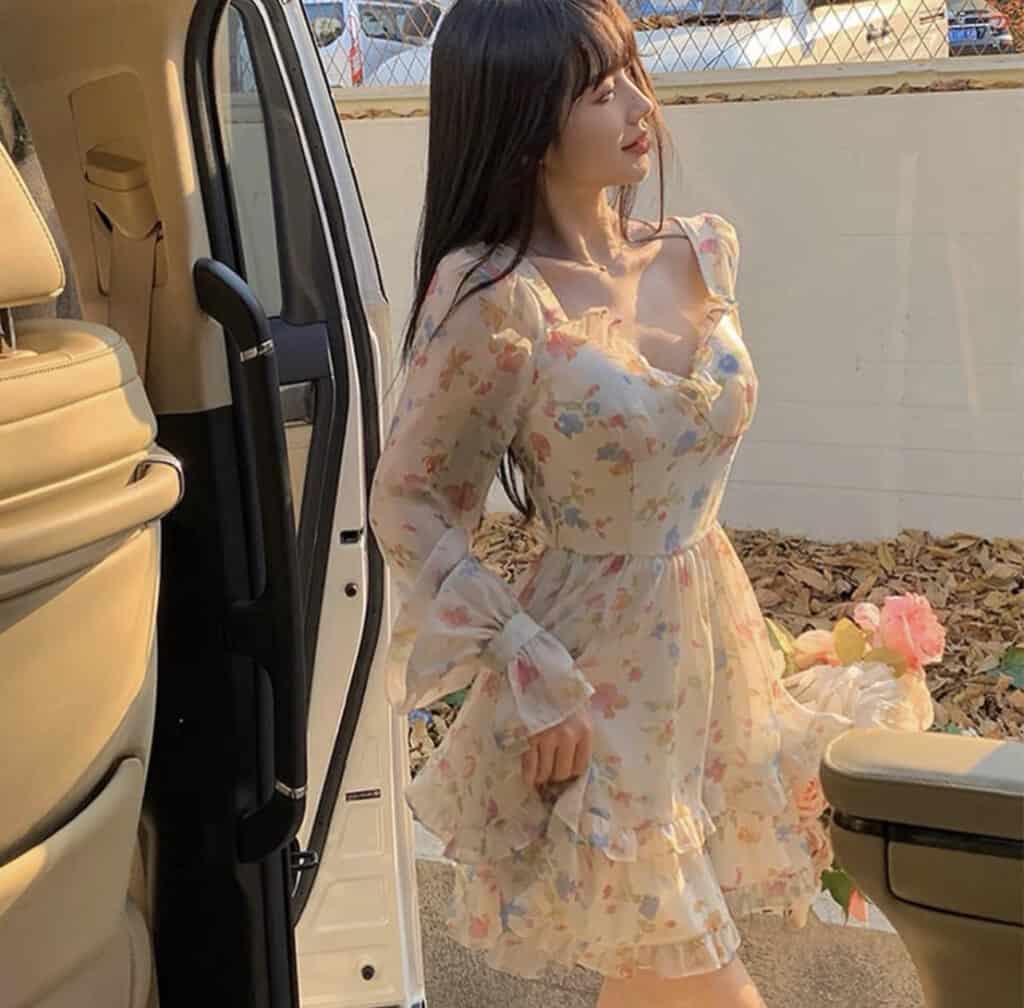
Popular Sustainable Fabrics Used in Fashion
There are several sustainable fabrics used in fashion, including:
- Organic Cotton: Cotton grown without the use of harmful pesticides and fertilizers.
- Hemp: A fast-growing crop that requires less water and pesticides than cotton.
- Bamboo: A highly renewable crop that grows quickly and requires less water than cotton.
- Tencel: Made from sustainably sourced wood pulp, Tencel requires less water and energy to produce than traditional fabrics.
- Recycled Polyester: Made from recycled plastic bottles, recycled polyester reduces the need for virgin polyester production.
Challenges in Using Sustainable Fabrics
While sustainable fabrics offer many advantages, there are also challenges in using them. Sustainable fabrics can be more expensive than traditional fabrics, and sourcing them can be difficult for smaller fashion brands. Additionally, some sustainable fabrics, such as organic cotton, require more care during the production process, which can increase production time and costs.
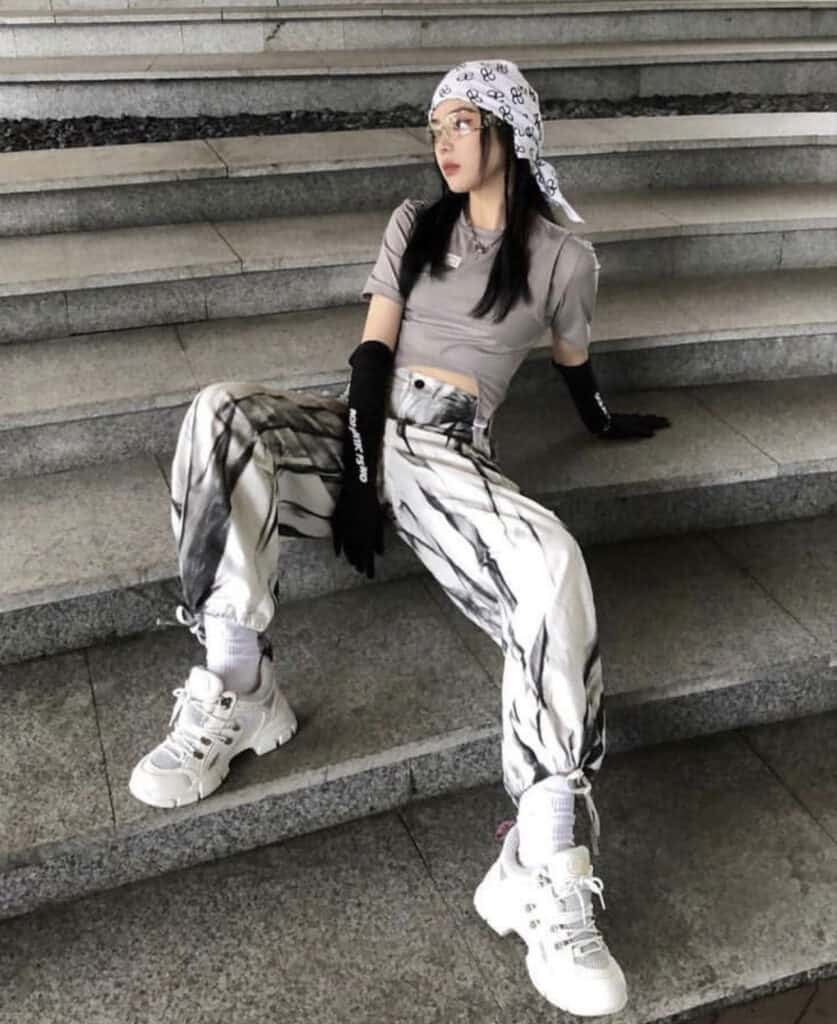
Tips for Fashion Brands to Adopt Sustainable Practices
Fashion brands can adopt sustainable practices by:
- Researching and sourcing sustainable fabrics from reputable suppliers.
- Reducing waste in production and recycling materials when possible.
- Using eco-friendly packaging and shipping materials.
- Encouraging consumers to recycle or donate their clothing.
- Educating consumers about sustainable fashion and its benefits.
Conclusion
In conclusion, using sustainable fabrics can help fashion brands reduce their environmental footprint, improve their reputation among consumers, and lead to cost savings in the long run. While there are challenges in using sustainable fabrics, fashion brands can adopt sustainable practices by researching and sourcing sustainable fabrics, reducing waste in production, using eco-friendly materials, and educating consumers about sustainable fashion. By incorporating sustainable fabrics in their collections, fashion brands can stand out in a crowded market and contribute to a more sustainable fashion industry.
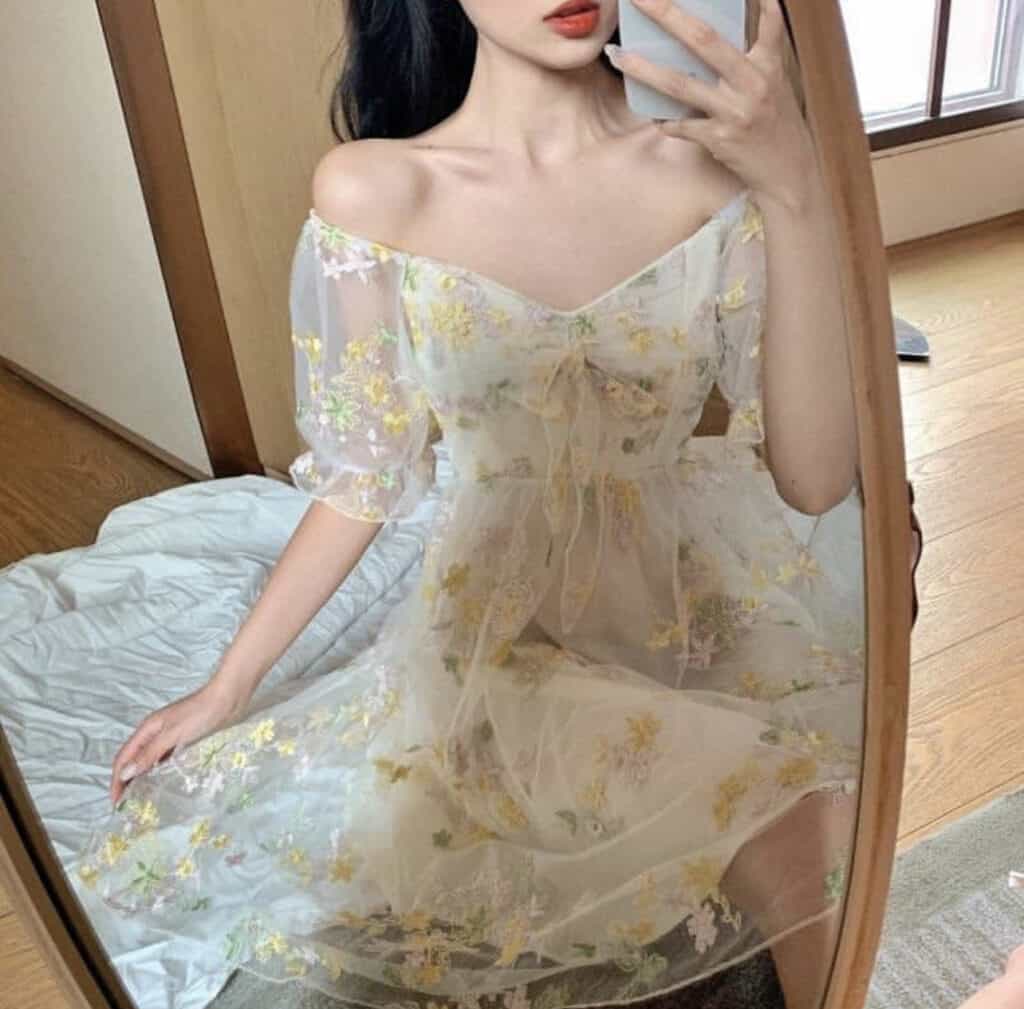
Unique FAQs
What are some challenges that fashion brands face in adopting sustainable practices?
Fashion brands face challenges in adopting sustainable practices, such as the higher cost of sustainable materials, difficulty sourcing them, and longer production times.
How can consumers support sustainable fashion?
Consumers can support sustainable fashion by purchasing from sustainable brands, choosing high-quality and durable clothing, and recycling or donating their clothing.
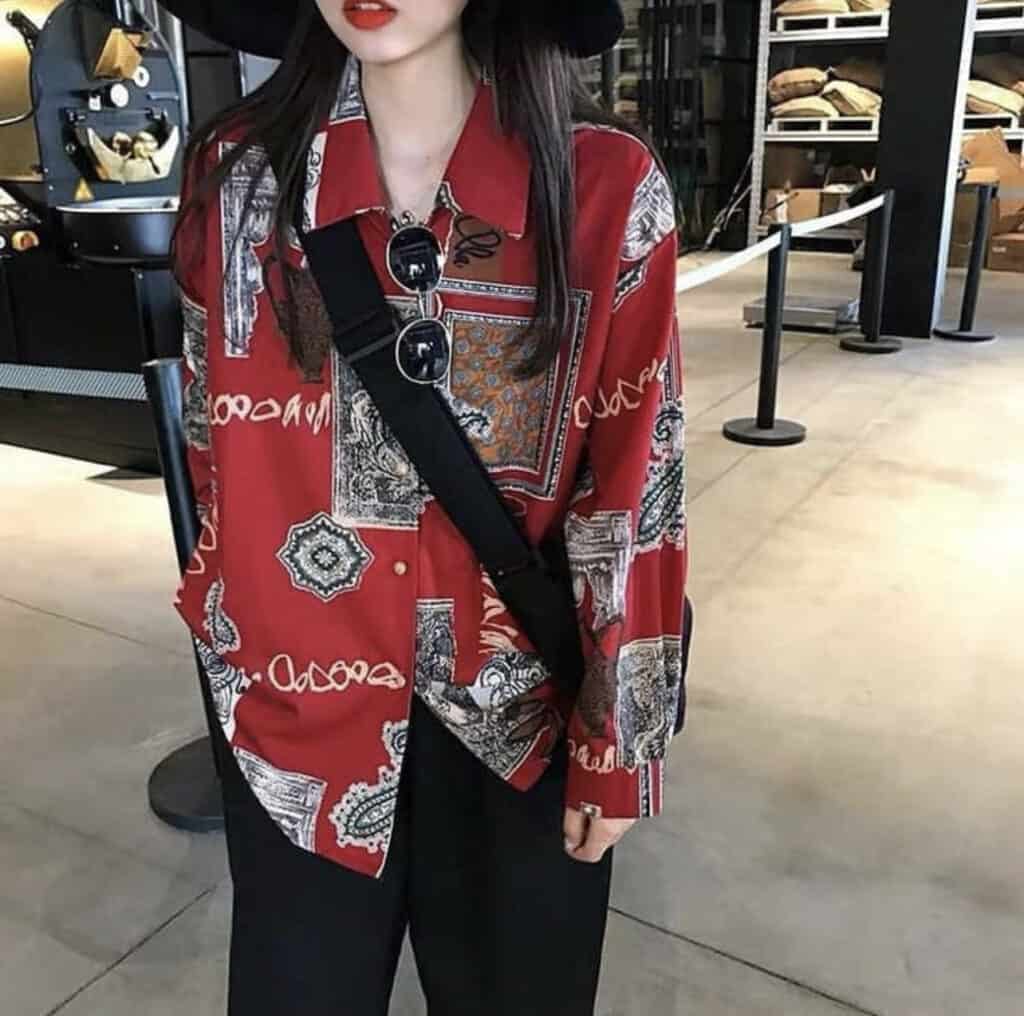
What are some benefits of sustainable fashion for the environment?
Sustainable fashion can reduce the environmental impact of the fashion industry by using fewer resources, producing less waste, and emitting fewer greenhouse gases.
Can sustainable fashion be affordable?
Yes, sustainable fashion can be affordable. While sustainable materials may be more expensive, producing high-quality and durable clothing can lead to cost savings in the long run. Additionally, many sustainable brands offer affordable options for consumers.
























